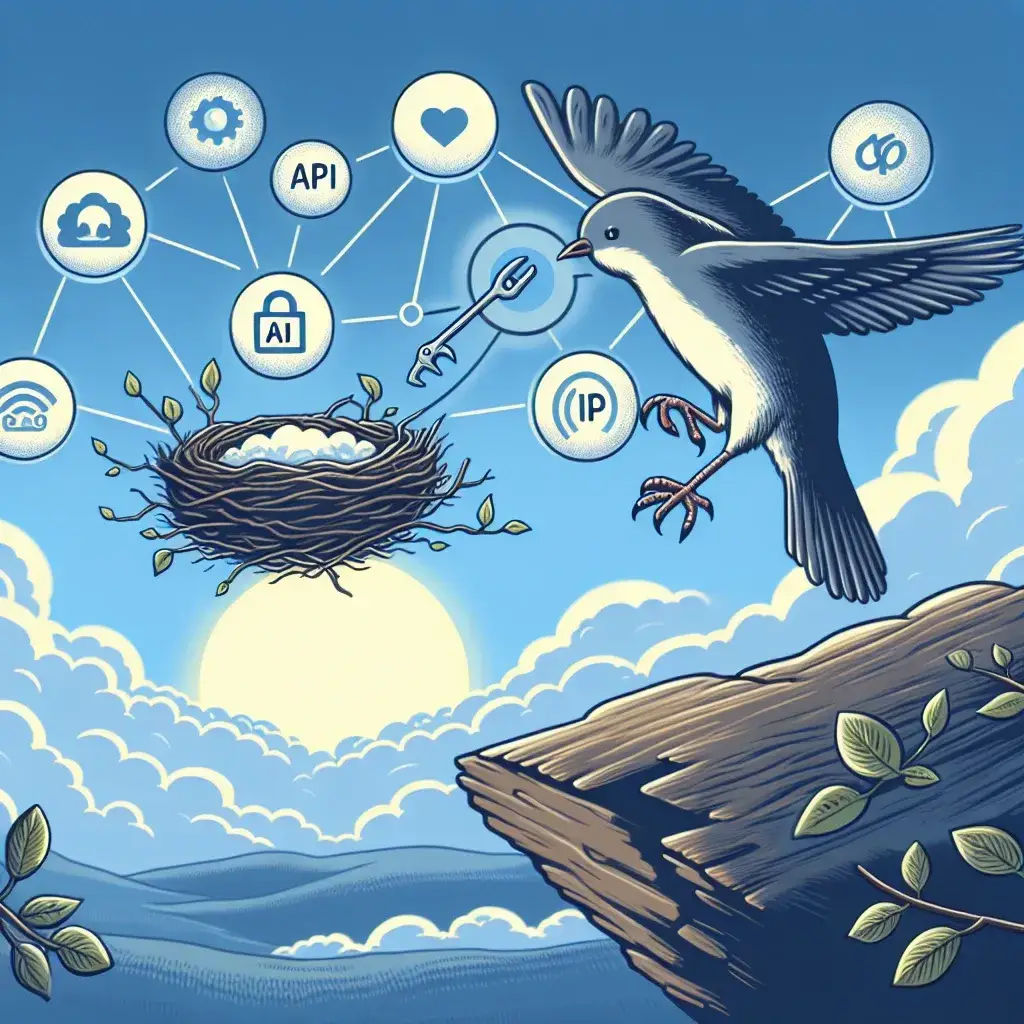Introduction
In a significant shift aimed at empowering developers and enhancing user experience, Twitter has revamped its developer platform with the launch of API v2. This move marks a pivotal moment in Twitter’s ongoing journey to make its data more accessible, driving innovation and engagement across the platform.
Understanding API v2
The introduction of API v2 brings a host of upgrades that not only simplify the development process but also expand the potential for data utilization. This upgraded interface is designed to cater to both new developers and seasoned professionals, ensuring a smoother, more intuitive experience.
Key Features of API v2
- Enhanced Access Levels: API v2 introduces three key access levels – Essential, Elevated, and Academic. These tiers allow developers to select the level of access that best suits their needs, whether for personal projects or large-scale applications.
- Improved Data Retrieval: With a more streamlined endpoint structure, developers can retrieve large datasets more efficiently. This upgrade is particularly beneficial for researchers and analysts who rely on Twitter data for their studies.
- New Features: The API now supports functionalities such as returning full tweets, retrieving poll data, and accessing metadata, enriching the data landscape for developers.
- Better Filtering Options: Developers can now filter tweets more precisely based on various criteria, including language, engagement metrics, and tweet type, enhancing the relevance of the data retrieved.
Historical Context
Twitter has undergone several transformations since its inception. The developer platform has evolved significantly over the years, reflecting the changing needs of developers and users alike. API v2 is the latest chapter in this ongoing narrative, signaling Twitter’s commitment to fostering a robust developer ecosystem.
Previous API Versions
Prior to API v2, developers worked with API v1.1, which, while functional, had limitations regarding data access and user engagement tools. The shift to v2 addresses many of these constraints, offering a more powerful toolkit for developers.
Future Predictions
As Twitter continues to iterate on its developer platform, the future looks bright. With the introduction of API v2, we can expect increased innovation as developers leverage the enhanced capabilities to create new applications, tools, and integrations that enrich the Twitter ecosystem.
Potential Developments
Future updates could include further enhancements to machine learning capabilities, allowing developers to build smarter applications that can predict trends and user behavior, thereby increasing engagement on the platform.
Pros and Cons of API v2
Like any technological upgrade, API v2 comes with its advantages and disadvantages.
Pros
- Increased Accessibility: With multiple access levels, developers of all sizes can find a suitable option for their projects.
- Rich Data Access: The added features enhance the richness of the data available, promoting more innovative applications.
- Developer Support: Twitter has committed to supporting developers through documentation and community resources, facilitating smoother integration.
Cons
- Learning Curve: For existing developers familiar with API v1.1, there may be a learning curve associated with the new features and endpoint structures.
- Potential Costs: As developers scale their projects, costs may increase, especially for those requiring Elevated or Academic access.
Step-by-Step Guide to Getting Started with API v2
1. Create a Twitter Developer Account
The first step is to apply for a Twitter Developer account. This process involves completing an application detailing your intended use of the API and how you plan to adhere to Twitter’s guidelines.
2. Set Up Your Project
Once your account is approved, you can log into the Developer Portal and start a new project. Here, you will define the purpose of your application and the specific data you wish to access.
3. Choose Your Access Level
Select the appropriate access level for your project. Developers can start with Essential access and later upgrade as necessary.
4. Explore the Documentation
Familiarize yourself with the API documentation, which outlines the various endpoints, data types, and response formats.
5. Start Building
Now, you can begin integrating the API into your application. Utilize the features available in API v2 to enhance your application’s functionality.
Real-world Examples of API v2 in Action
Many developers and organizations are already leveraging API v2 to create innovative solutions. For instance, a social media analytics firm might use the enhanced data retrieval capabilities to provide clients with detailed insights into engagement trends and audience behavior on Twitter.
Cultural Relevance
As Twitter continues to play a pivotal role in shaping public discourse and community engagement, the upgrades to its developer platform reflect a broader trend of democratizing access to information. By empowering developers with better tools, Twitter is fostering a culture of innovation and creativity that resonates across various industries.
Conclusion
Twitter’s overhaul of its developer platform with API v2 represents a significant advancement in how developers can interact with the platform. With its enhanced features and expanded access, API v2 not only simplifies the development process but also opens up new possibilities for innovation and user engagement. As the digital landscape continues to evolve, Twitter remains at the forefront, championing a robust ecosystem that supports creativity and growth for developers worldwide.
